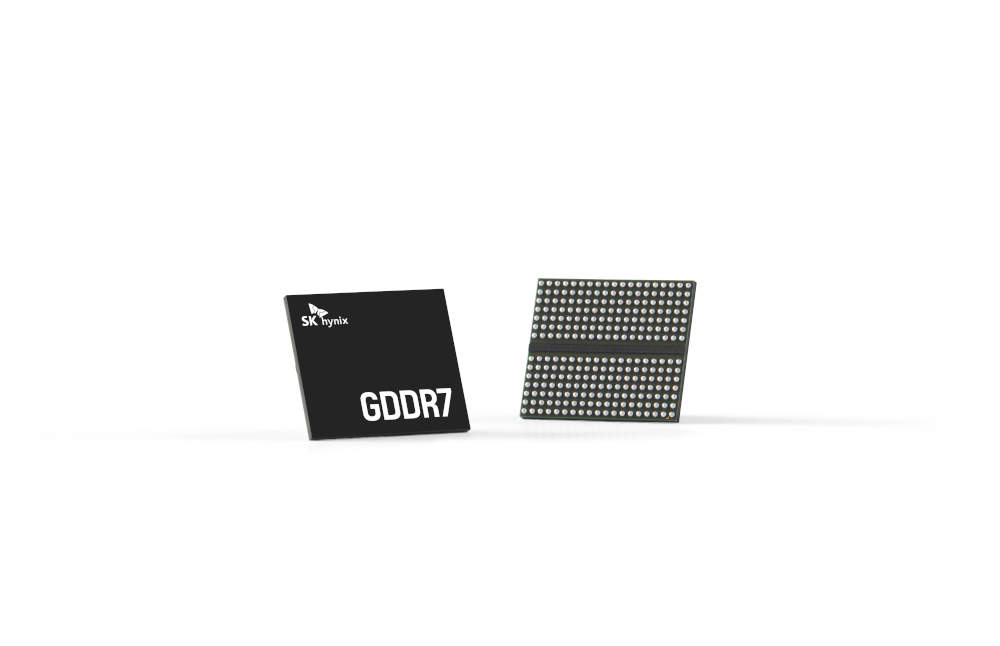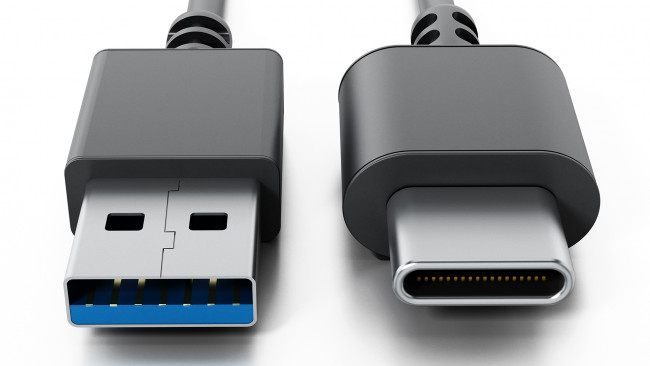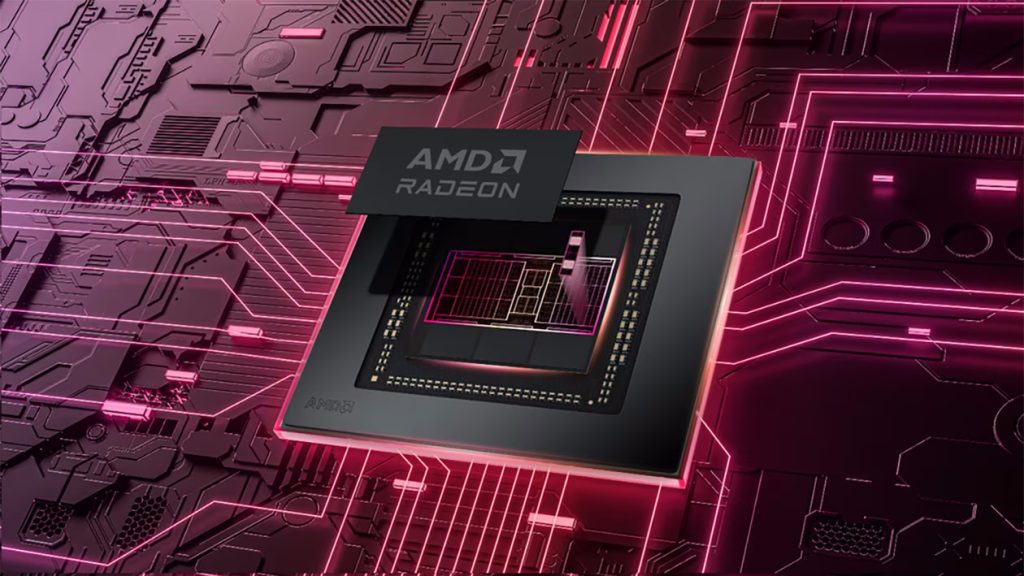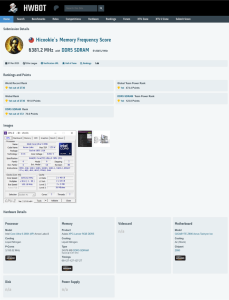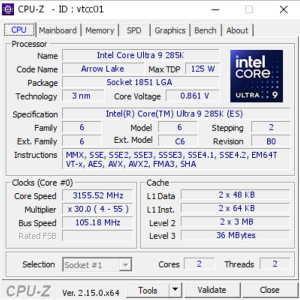Thermaltake launches revised Steel Shadow AIO coolers in Europe
Thermaltake has introduced a revised version of its Steel Shadow Tough liquid cooler series in Europe, featuring subtle but significant changes. In Europe, the new series will be named LA(S) and available with 240mm and 360mm radiators.
As noted by Cowcotland, the core design, including the large, magnetically attached top panel for easy installation, appears to be the same. However, the fans have received a noticeable upgrade, operating within a speed range of 600 RPM to 2500 RPM and delivering 79.3 CFM airflow and 3.45 mmH2O static pressure. Moreover, the fans incorporate a daisy-chaining mechanism that simplifies PWM and RGB connection.
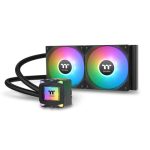

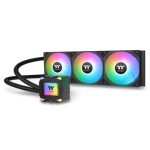
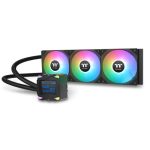
The most significant difference between the LA (240 and 360) and the LA-S (240 and 360) AIO liquid coolers is the display on the latter. While the LA series has a water block cover with the Thermaltake logo and lighting, the LA-S uses a 2.4-inch display with CPU metrics.
The Thermaltake LA series starts at €74.90 for the LA240 model and increases to €84.90 for the LA360. As for the LA-S series, the LA240-S model goes for €84.90 and the LA360-S model for €94.90.
KitGuru says: Considering their feature set, the new Thermaltake AIO CPU coolers sure look cheap. Would you go for the LA or the LA-S AIO liquid coolers?
The post Thermaltake launches revised Steel Shadow AIO coolers in Europe first appeared on KitGuru.


